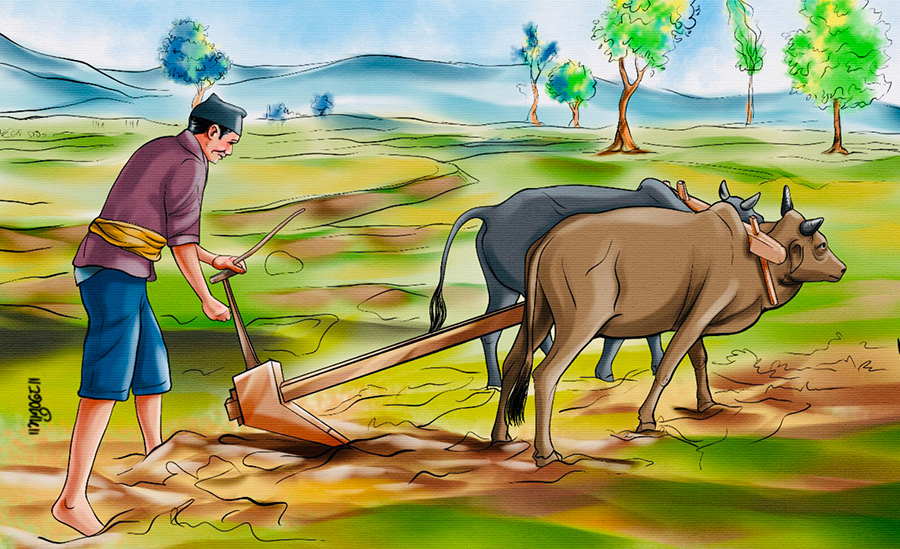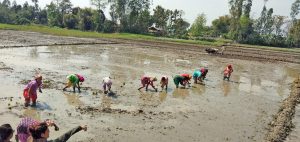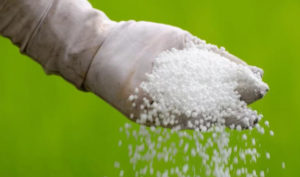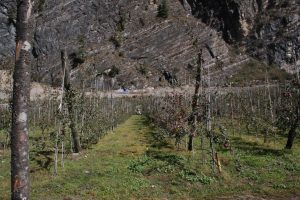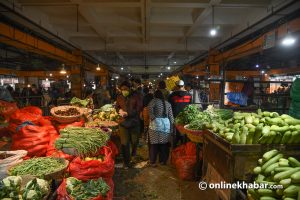Farmers had to bear a loss of more than Rs 11.87 billion due to unseasonal rains and subsequent damage in October 2021, according to the Ministry of Home Affairs.
Under its relief programme, the Ministry of Finance allotted a total of Rs 1 billion. But, the farmers did not get relief as per the damage they induced. So, the fact underlined the importance of agriculture insurance for the farmers.
Nevertheless, the number of farmers issuing agriculture insurance has not increased either because they are yet to understand its importance or someone could not explain it to them. As a result, the farmers are continuing to suffer.
It has been more than eight years since the government started providing agriculture insurance facilities to the farmers as per the plan to discourage imports and make the country self-reliant in agriculture. However, the progress made so far is not satisfactory.
Futile efforts
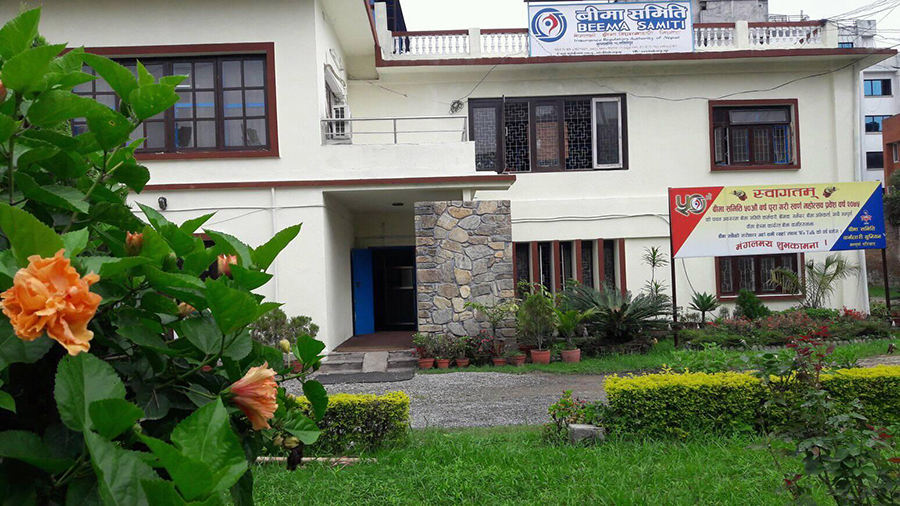
As per Raju Raman Paudel, the executive director of Beema Samiti (Insurance Board), the insurance regulator of the country, the insurance companies have earned a total of Rs 5.60 billion in agriculture and livestock insurance from the fiscal year 2013/14 to 2020/21. Meanwhile, the government has spent more than Rs 4 billion on agriculture insurance.
But, how much did the farmers get? Not even one-fourth of the government’s investment!
According to the Beema Samiti, farmers claimed over Rs 104 million in agriculture insurance. Including livestock insurance, the claims totalled Rs 649.39 million with 2,466 claims including 533 in FY 2019/20 and 1,933 in FY 2020/21.
On January 14, 2013, the agriculture insurance programme was adopted to help farmers, farmer groups, cooperatives and business organisations recover from the financial loss due to various reasons from the time of planting crops to harvest.
According to this, once the insured (farmer) submits the agriculture insurance proposal, the technical officials evaluate the proposal. The insurance is issued after the farmer pays 25 per cent of the fee. The government then provides 75 per cent of the insurance fee over time.
| Fiscal year | Sum insured | Premium | Increase per cent | Grant | Increase per cent | Claimed amount | Number of claims |
| 2013/14 | 15,222,743 | 855,315 | – – – | 427,657 | – – – | – – – | – – – |
| 2014/15 | 148,455,001 | 8,330,139 | 874 | 6,250,966 | 1,362 | 1,741,462 | – – – |
| 2015/16 | 4,387,210,000 | 21,633,998 | 160 | 16,225,498 | 159.57 | 9,739,898 | – – – |
| 2016/17 | 776,283,131 | 38,588,225 | 78 | 28,941,169 | 78 | 29,577,758 | – – – |
| 2017/18 | 614,028,151 | 29,890,598 | -22.54 | 2,241,7948 | -22.54 | 37,698,227 | – – – |
| 2018/19 | 1,133,737,952 | 64,912,421 | 117 | 48,684,316 | 117 | 86,801,498 | – – – |
| 2019/20 | 1,607,034,007 | 82,923,532 | 27.75 | 62,192,649 | 27.75 | 59,996,775 | 563 |
| 2020/21 | 2,911,847,226 | 153,852,065 | 85.53 | 115,389,049 | 85.53 | 104,047,174 | 1,923 |
Three reasons for failure

Chiranjeevi Chapagain, a former chairman of the Beema Samiti, says there are three main reasons behind the lack of attraction in agriculture insurance:
1. The reluctance of insurance companies
According to Chapagain, Nepalis insure only as a last resort. “When they take a loan from a bank, they get insured as a mandatory procedure but do not initiate to insure their crops. And, the lack of interest from insurance companies is also affecting the growth of agricultural insurance more.”
If the insurance companies are to be given the targets for agricultural insurance, with guidance from the Beema Samiti, the access to insurance can be increased.
2. Lack of awareness
While buying agriculture insurance, the farmers have to bear only 25 per cent of the amount. But, the insurance companies pay the amount equal to the loss. However, most farmers in Nepal do not know this.
3. Complicated procedure
There is a provision that the insurer needs a recommendation from the staff of the local Agriculture Knowledge Centre to claim compensation under the agriculture insurance. However, the centre’s office is only in the district headquarters making travel a hassle for farmers from the villages of hilly or mountainous regions.
Chapagain says it would be very convenient to prepare a separate procedure for agriculture insurance and make arrangements to make claims as per the report taken by the surveyor.
There are a lot of livestock insurers today. The reason for this is the mandatory system. If someone wants to run a cow or a goat farm, they take a loan and subsequently have to get insured. This has increased the number of livestock insurance.
Government needs to play a role
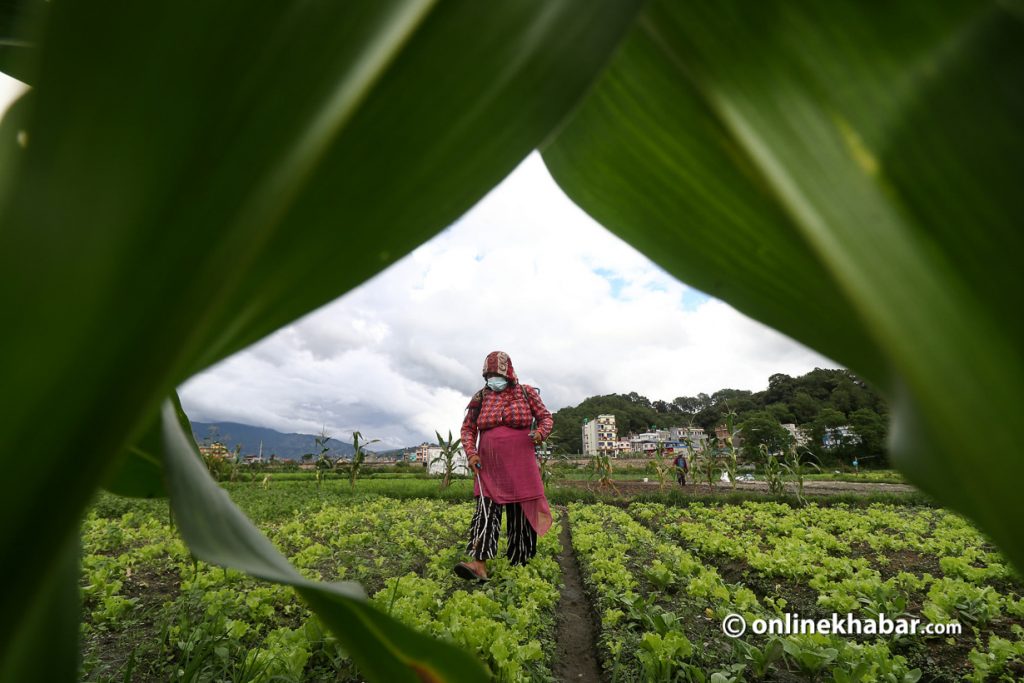
Today, there are 20 non-life insurance companies and they have extended their services to agriculture and livestock insurance too. According to the data, livestock insurance is more popular than agriculture insurance. Whereas only 5, 000 people have bought agricultural insurance, 188,000 people have been issued livestock insurance.
The Nepal Insurers’ Association President Chunky Chhetri says it is unfortunate for an agricultural country like Nepal.
Though the programme is good it has not been effective. The National Farmers’ Commission Chairman Prem Prasad Dangal says only 5,000 of the 18 million farmers received the facility of agriculture insurance last fiscal year.
Dangal says, “It is the weakness of the government, the insurance regulator and the insurance companies that the number of people benefitting from agriculture insurance is so low. The benefits have not been explained well to the farmers.”
He says the commission is now concerned about the issue and why farmers could not be attracted to the programme despite the government putting the money from its side.
Meanwhile, Chhetri says, “There should be more government-level initiatives to inform the farmers in the villages about agriculture insurance. The local government and local representatives need to be more proactive.”
He adds that discussions between cooperatives and groups can help increase awareness about insurance.



